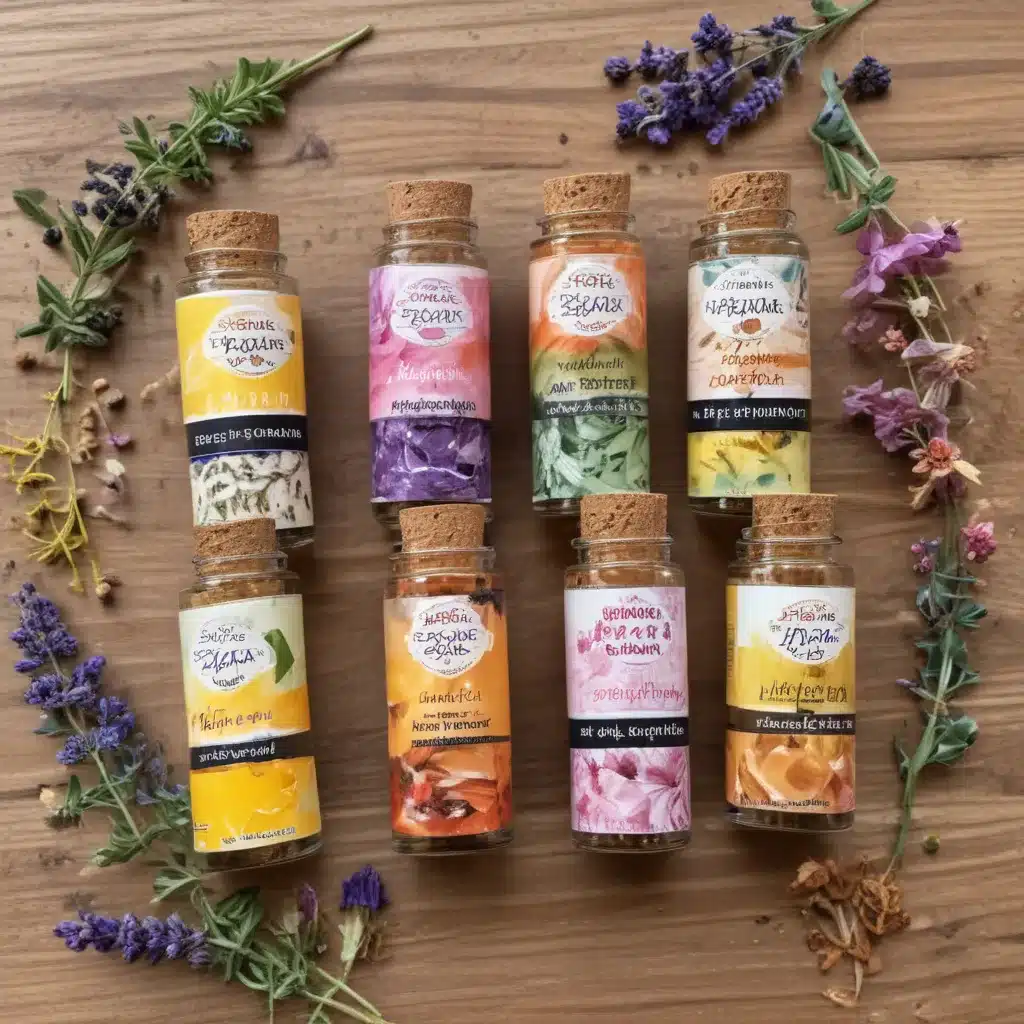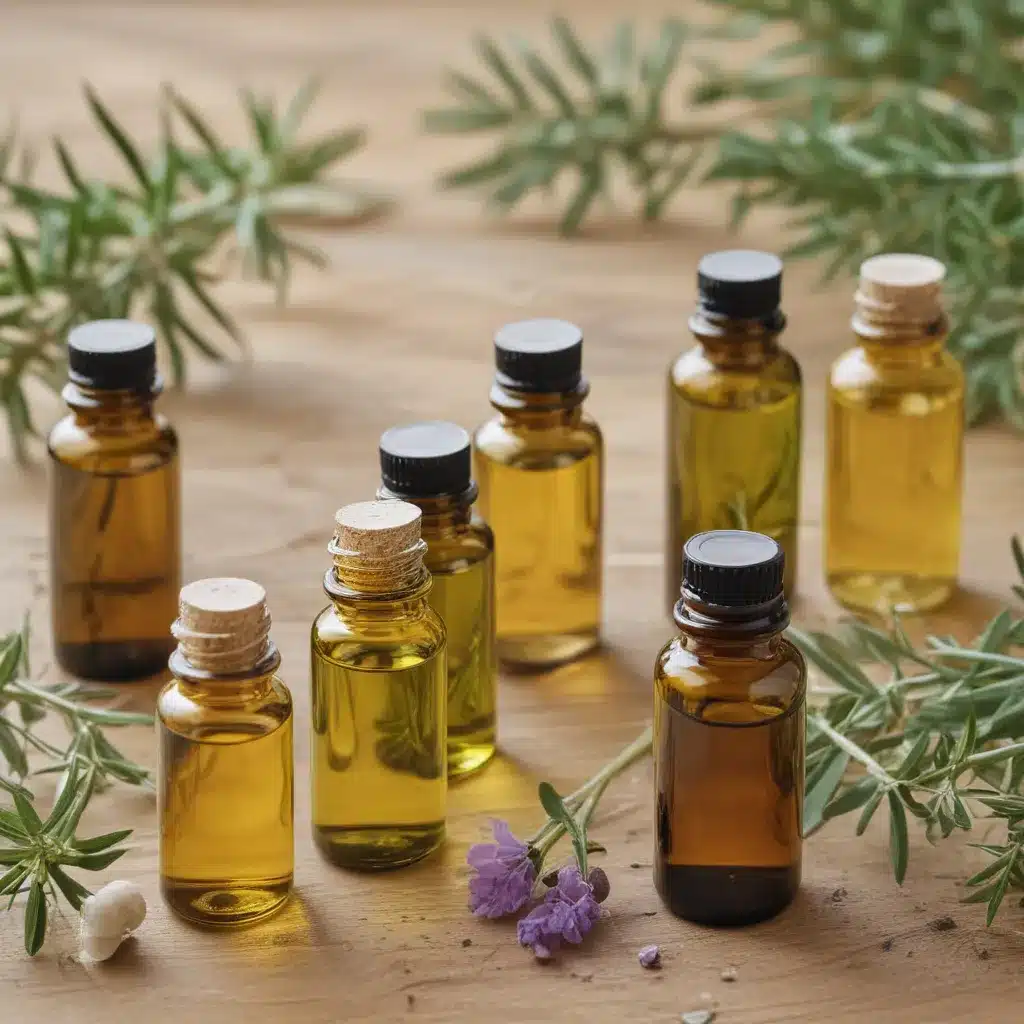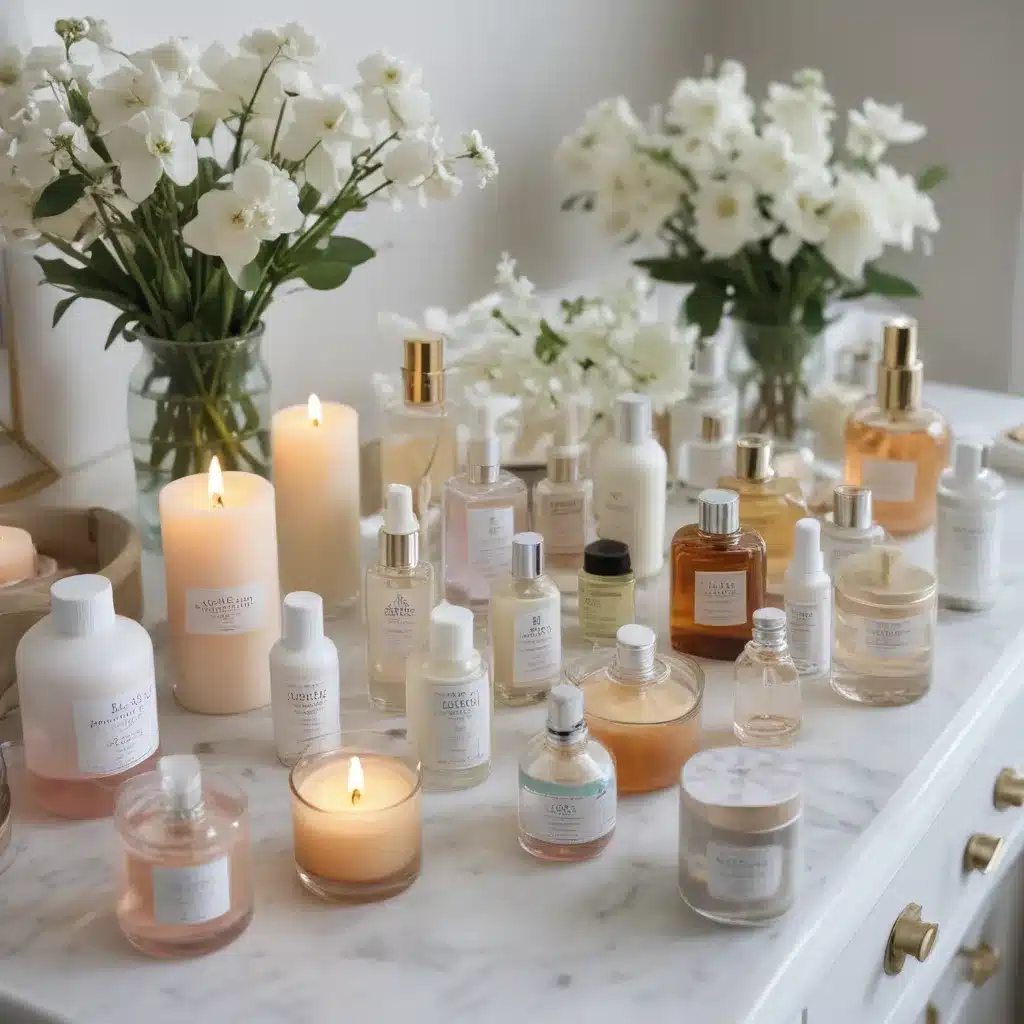
How Essential Oils Can Improve Your Mood
Essential oils have long been used to improve mood and reduce stress and anxiety. Many essential oils contain compounds that affect neurotransmitters in the brain like serotonin and dopamine which can help relieve feelings of depression. Some of the most commonly used essential oils for mood include lavender, bergamot, sweet orange, and grapefruit.
As spring arrives, the change in seasons can often leave people feeling unmotivated or down. By incorporating a few drops of mood-boosting essential oils into your daily routine, you can help lift your spirits naturally. Diffusing essential oils throughout your home is one of the easiest ways to enjoy their aromatherapeutic benefits. Lavender essential oil has a calming, relaxing scent that can help reduce stress and promote better sleep. I like to add a few drops to my diffuser in the evenings to unwind from the day.
You can also apply essential oils topically. Rubbing a diluted mixture on your temples, neck or wrists allows you to breathe in the oils throughout the day for an instant mood lift. Bergamot has a citrusy aroma that can help relieve feelings of depression and sadness. I like to apply a bergamot blend before heading to work on stressful mornings to boost my energy and outlook. Carrier oils like jojoba or sweet almond can be mixed with 2-3 drops of essential oil and massaged onto pulse points.
How Different Oils Affect Mood
| Essential Oil | Aromatic Compounds | Impact on Mood |
|---|---|---|
| Lavender | Linalool, linalyl acetate | Calming, relaxing, anxiety relieving |
| Bergamot | Limonene, linalyl acetate | Uplifting, antidepressant |
| Sweet Orange | Limonene, β-myrcene | Mood enhancing, anxiety reducing |
| Grapefruit | Limonene | Mood stabilizing, calming |
| Peppermint | Menthol, menthone | Refreshing, fatigue relieving |
| Rose | Citronellol, geraniol | Uplifting, antidepressant |
As the table shows, different essential oils contain unique aromatic compounds that produce different psychological effects. Lavender‘s calming properties make it a top choice for reducing stress and anxiety. Whereas bergamot‘s bright, citrusy aroma can instantly lift my mood on gloomy days. Experimenting allows you to find the oils that work best for you. Keep a journal tracking how various oils make you feel to discover your personal favorites.
Creating Aromatherapy Blends for Mood
Combining certain oils in blends can enhance their mood-boosting qualities. Here are a few formulations I’ve found effective:
Happiness Blend
This blend pairs 2 drops each of sweet orange and bergamot essential oils for an energizing, antidepressant aroma. The citrus notes in this blend never fail to improve my outlook.
Calm Blend
For unwinding after a long day, I like blending 3 drops of lavender with 1 drop each of grapefruit and sandlewood. The blend has relaxing yet grounding effects.
Motivation Blend
On low-motivation mornings, a blend of 1 drop each of peppermint, lemongrass and bergamot provides a refreshing, revitalizing scent that kick starts my day.
Have fun experimenting blending your favorite essential oils based on how you want to feel. Playing with ratios allows you to fine tune blends for different mood-lifting needs. Keeping pre-made blends in nice bottles provides aromatherapy on the go for when you need an instant mood boost.
speaking with an aromatherapist
To get an experts perspective on essential oils and mood, I spoke with Mary, a certified aromatherapist based in New York. Mary explained that essential oils work by interacting with the limbic system in the brain which is responsible for regulating mood, emotions and behavior. Certain oils contain compounds like terpenes and phenols that affect neurotransmitters like serotonin. Mary recommends blending oils for effects beyond just a single compound: “Combining different oils creates a synergistic effect greater than just one oil alone”. When buying essential oils, she advises opting for pure, unadulterated versions from trusted suppliers. Dilution is also important as undiluted oils can cause skin irritation. By using high-quality oils properly, Mary affirmed that aromatherapy is a safe, natural way to lift your spirits during mood lows.
Conclusion and Future Use
In conclusion, utilizing essential oils aromatically and topically through diffusing and massage can provide mood-boosting benefits as winter turns to spring. Experiencing aromatherapy’s effects firsthand has shown me just how powerful natural options can be versus prescription medications for depression and anxiety which often come with unwanted side effects. Going forward, I plan to continue tweaking mood-lifting blends based on seasonal and situational needs. Using essential oils makes caring for my mental wellness an enjoyable, therapeutic practice rather than a chore. Finding holistic solutions has certainly uplifted my outlook towards spring and beyond.





















